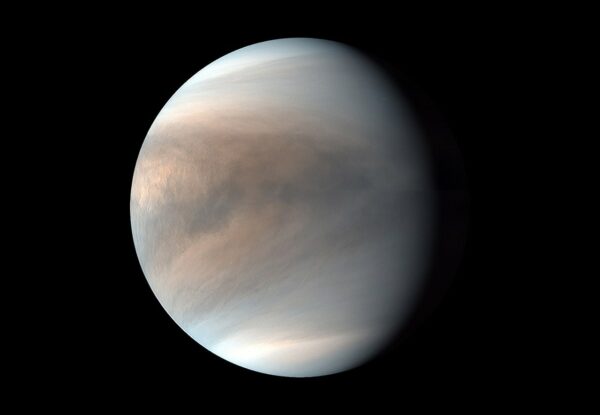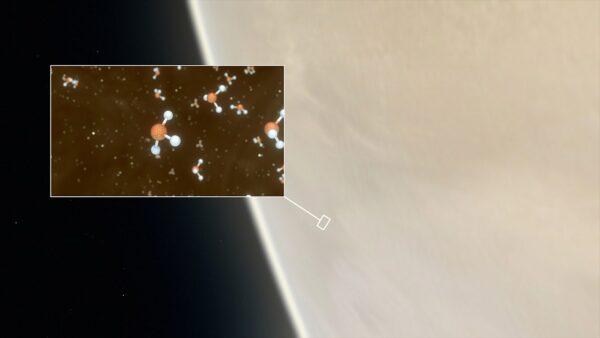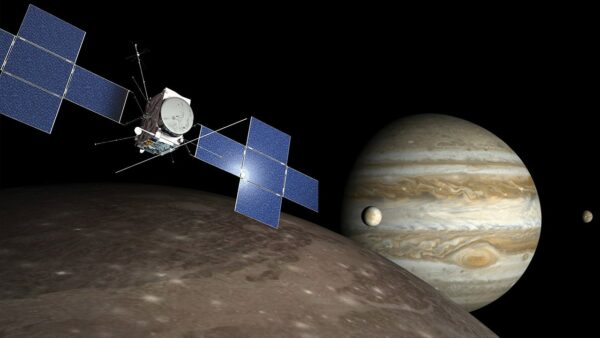
Newsletter Sign Up
Sign up today to our quarterly newsletter
View more

Venus is often described as the closest thing to hell imaginable. Reports that it might show signs of possible life are surprising.
In September last year, the paper Phosphine gas in the cloud decks of Venus* reported “the apparent presence of phosphine (PH3) gas in Venus’s atmosphere.”
“The presence of PH3 is unexplained after exhaustive study,” the authors said.
The finding inspired and excited people because MIT scientists call phosphine a ‘biosignature gas.’ This means the possible detection of phosphine in a rocky exoplanet’s atmosphere is a promising sign of life.
In the simplest of terms, the paper was saying not “we’ve found evidence of extra-terrestrial life” but “we seem to have found signs of this gas on Venus. It’s weird and we can’t yet explain it.”

If there was a prize for the biggest stretch in the reporting of scientific findings, then the recent “are penguins aliens?” stories must surely take the (fish)cake.
“Scientists baffled after discovering gas typically found on Venus in penguin poo” one headline read. “That’s not what we said at all,’ the scientists probably replied.
“Penguins ‘may be aliens’ after scientists discover chemical from Venus in their poo” claimed another. You’re at risk of serious injury if you don’t gently warm-up before a stretch as big as that.
The whole significance of the possible indication of phosphine is because it’s not “typically found” there. It’s not a surprise finding it on Earth, it’s commonly produced by anaerobic organisms like bacteria or microbes.
A bit like Venus, the places you find these microbes aren’t anywhere you want to be. Think of the stinking guts and dung of penguins, as well as swamps and bogs.
Because it’s almost only produced by extreme, oxygen-averse organisms, and Venus’s atmosphere is so harsh if there is phosphine there that suggests something is replenishing it.
Phosphine, and penguins, aren’t normally found on Venus. And, like penguins, there might not even be phosphine.

Three papers swiftly followed the first – each reporting they were unable to find the same evidence as to the original. This is the scientific process working as it should, and one of these papers was co-authored by the lead researcher of the original report.
One paper has suggested the phosphine result was an error in data processing, another claims the result might be better explained as sulphur dioxide gas. Biosignatures are complicated and this debate won’t be settled soon. When ESA’s JUICE mission swings by Venus on its way to Jupiter it will be equipped to detect signs of phosphine thousands of times lower, so we must wait and see.
*Greaves, J.S., Richards, A.M.S., Bains, W. et al. (2021) Phosphine gas in the cloud decks of Venus. Nature Astronomy, 5, 655–664. https://doi.org/10.1038/s41550-020-1174-4

Sign up today to our quarterly newsletter
View more
Let others know of your experience
View more
Become an awesome volunteer
View more